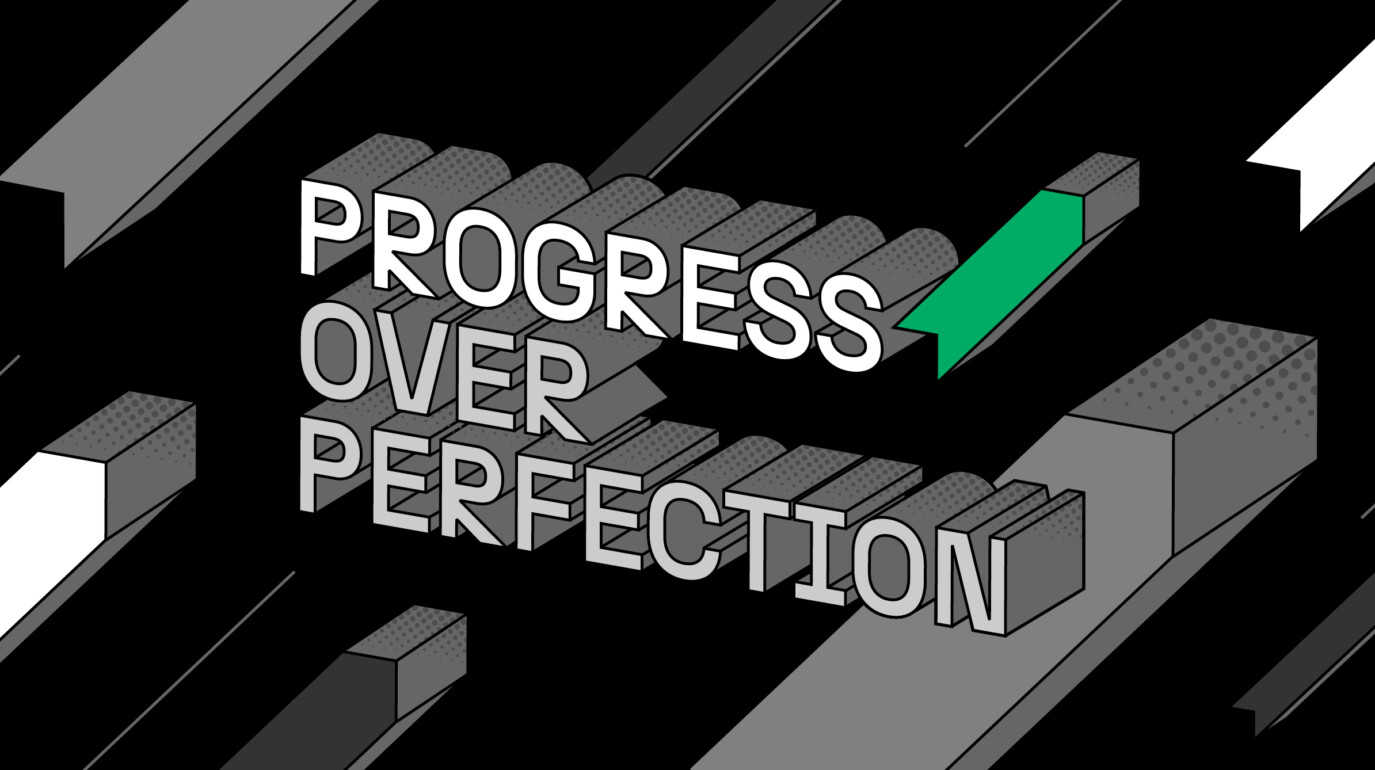
AUTHORS: ALEXANDRA MARTIN & EMMA KING
READ TIME: 5 MINS
In the second of our Future of Reporting series, Account Directors Alexandra Martin and Emma King unpick the external forces changing the way reports are being created – and explore why human interaction is so crucial when it comes to delivering the most impactful reports.
As client services directors at a fast-paced agency, we love the fresh approaches and efficiencies that technology brings. Whether it’s being used to develop and streamline drafts or aid the creative process, technology is changing the way reports are written, designed and delivered, with AI now starting to impact how reporting content is both generated and consumed.
It all feels a very long way from the days of couriering hard-copy proofs, spending hours taking amends over the phone, learning how to decipher proofreader marks, and losing days and nights to press passes in windowless rooms.
But while those challenges were very real, we also had the advantage back then of more face-to-face meetings and more time for conversations rather than email back-and-forth. In a pre-COVID world where technology wasn’t quite so advanced, we were able to get closer to our clients and to their worlds – both professional and personal. Relationships were easier to build.
Changing contexts, new challenges
Reporting is a high-pressured environment for all involved. For a few months every year – and a particularly intense few weeks – agencies and clients are operating in a complex and fast-paced world of data, design and production, with demands flying in thick and fast from all directions, as well as scrutiny from senior leadership, auditors, regulators and investors.
“The best client service teams bring compassion, empathy and understanding to everything they do.”
And for all the benefits of technology, it also brings with it the expectation that individuals and teams can do more – and do it faster, and with less personal interaction. But we humans don’t always thrive in stressful situations, especially over reporting cycles with little respite. One of our mantras at Conran Design Group is to remember that outside the professional world, everyone, no matter how senior or held together, is juggling heavy workloads with the demands of their personal life.
What technology can’t do (yet, at least) is replace the human support – both practical and emotional – we need from each other. Day-to-day, we see clients dealing with tricky internal demands and deadlines, and because client services folks tend to care, we want to help wherever we can.
Care, consideration and collaboration: the secret ingredients for project success
As well as first-rate service, planning and execution, the best client service teams bring compassion, empathy and understanding to everything they do. The pressure of reporting season can feel intense at times, and we recognise that this can impact the day-to-day.
Our belief at Conran Design Group – and shared by our brilliant clients – is that the best work, the smoothest process, and the healthiest, most enjoyable relationships come from working together as one team.
All relationships benefit from honesty, open communication and vulnerability, and when we get close to clients, understand what’s really going in their business and how it’s affecting their teams, we can share the burden and problem solve together.
We believe that we add most value when we’re able to do two things: provide sound strategic counsel while always being primed to pivot. In corporate reporting, pivots, whether arising from last-minute feedback or a shift in strategic priority, are all par for the course. Our job is to anticipate wherever we can and to respond in the nimblest way possible. That – and the ability to show care, consideration and compassion in everything we do – is what takes us from project point of contact to trusted partner and collaborator.
Get in touch with Naomi Wallis to learn more about our award-winning approach: naomi.wallis@conrandesigngroup.com



